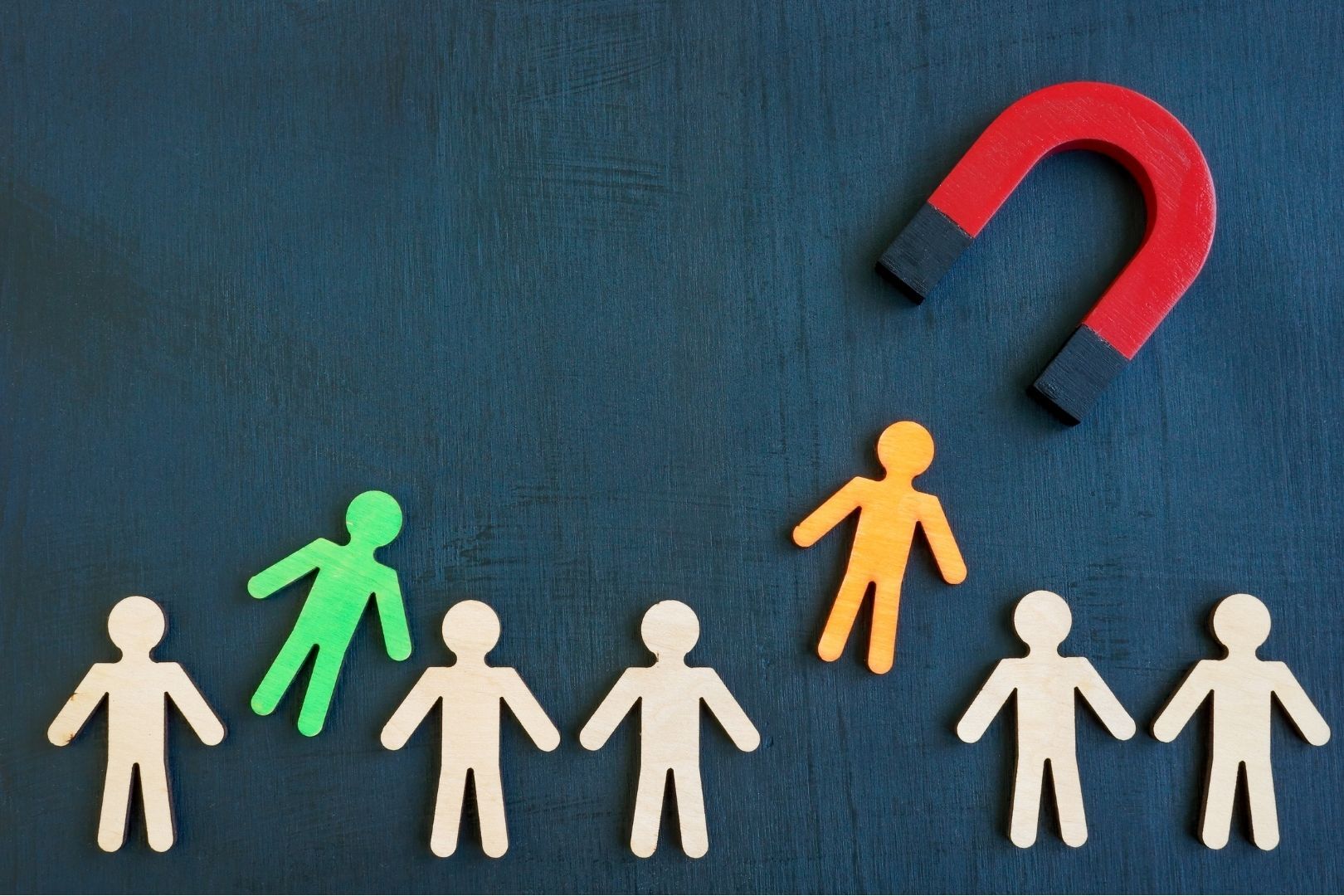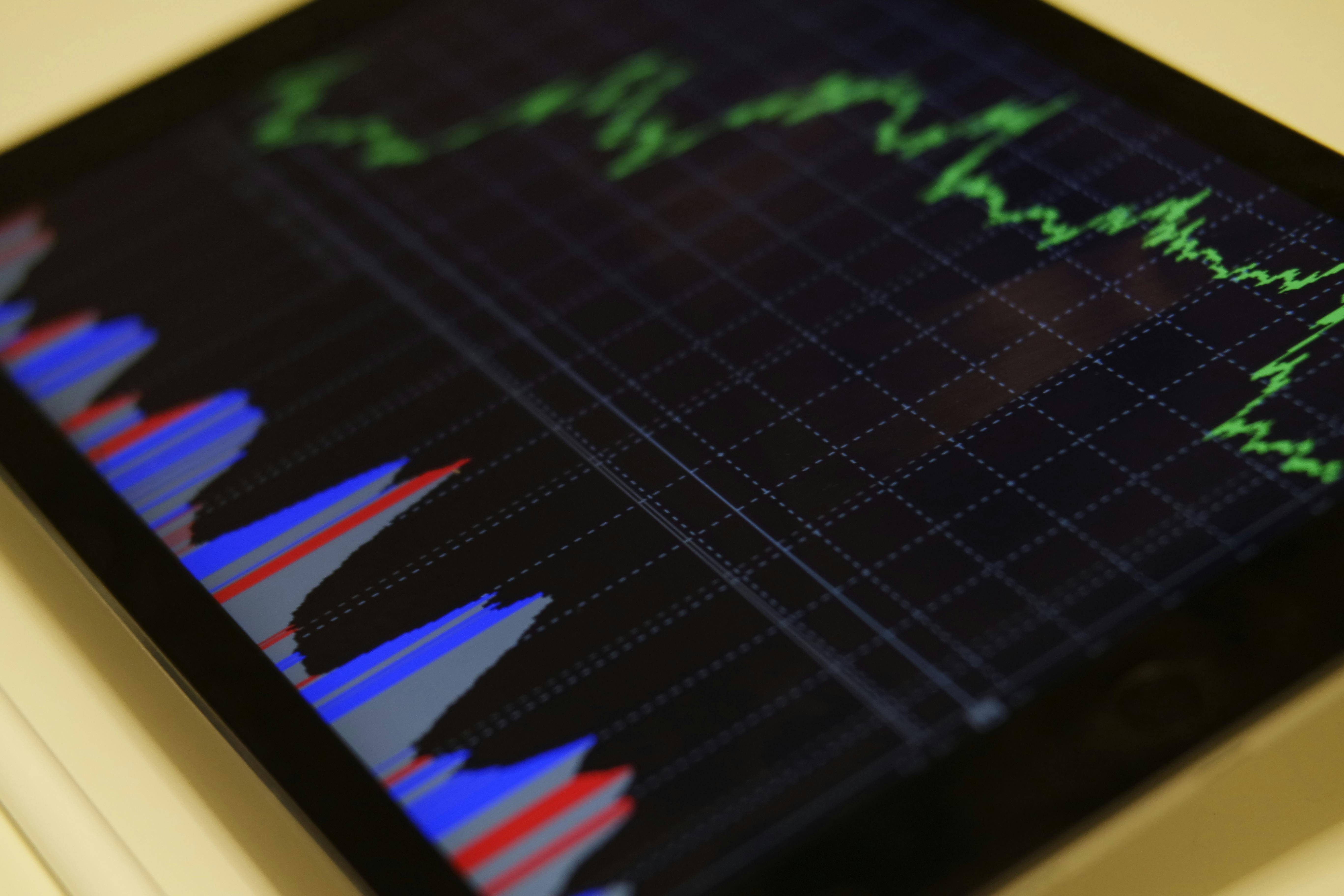2 min read
Customer acquisition is broken when sales and marketing aren't aligned
I see it all the time — strong businesses with great products, but growth starts to slow, and nobody’s quite sure why. Yes the strategy generally...
2 min read
 Finella Panlilio
:
28/03/2025 1:39:43 PM
Finella Panlilio
:
28/03/2025 1:39:43 PM

If you've been clinging to the idea of a linear customer journey — awareness to consideration to purchase — it's time for a reality check.
Enter: the Messy Middle.
A concept brought to life by Google's research team, the messy middle is the chaotic, looping, non-linear space between a trigger and a purchase. It throws the old-school funnel on its head and asks marketers to embrace complexity.
Imagine this: a consumer sees an ad (the trigger), and instead of sliding neatly down a funnel, they enter a loop. A loop of exploration (looking at options) and evaluation (narrowing them down). Back and forth. Sometimes for minutes, sometimes for weeks. It's messy. It's emotional. And it's never the same twice.

The diagram above sums it up — this isn’t a funnel, it's a figure-eight of intent. Consumers don't follow predictable, straight paths — they toggle between researching, comparing, pausing, and restarting — often influenced by brand exposure, subconscious biases, real-time comparisons, social proof, deals, delivery times… the list goes on.
This is true for both B2C and B2B buyers. The only difference? B2B journeys often involve more decision-makers, longer cycles, and higher stakes — but the human behaviour behind those decisions is strikingly similar.
Google's study identified six key cognitive biases that shape decisions in the messy middle:
Traditional funnels assume buyers move logically and sequentially. But in reality:
That's the messy middle in action.
To show up and stand out, you need to design your marketing strategy around this messy reality:
The buyer's journey is no longer a funnel — it's a loop. A messy, emotional, non-linear loop.
The brands that win are the ones who stop trying to force a straight line and instead build experiences that work with — not against — human behaviour.
So the question is:
Are you still building funnels, or are you ready to play in the messy middle?

2 min read
I see it all the time — strong businesses with great products, but growth starts to slow, and nobody’s quite sure why. Yes the strategy generally...

6 min read
When I reflect over my career to date, which I was doing earlier today when walking my dogs, it occurred to me that I have been involved in the whole...

4 min read
Hiring a skilled, 'hunter'-type salesperson to bring your product to market sounds like a dream scenario, right? Someone who can hunt down leads,...

In today’s data-driven landscape, B2B companies are increasingly recognising the power of analytics to inform their marketing strategies. For CEOs...

In today’s data-driven world, marketing is no longer about just creativity; it’s about understanding performance and optimising efforts to drive...
.png)
In the competitive landscape of B2B service businesses, sustaining growth requires more than just a great product or service. It demands a...